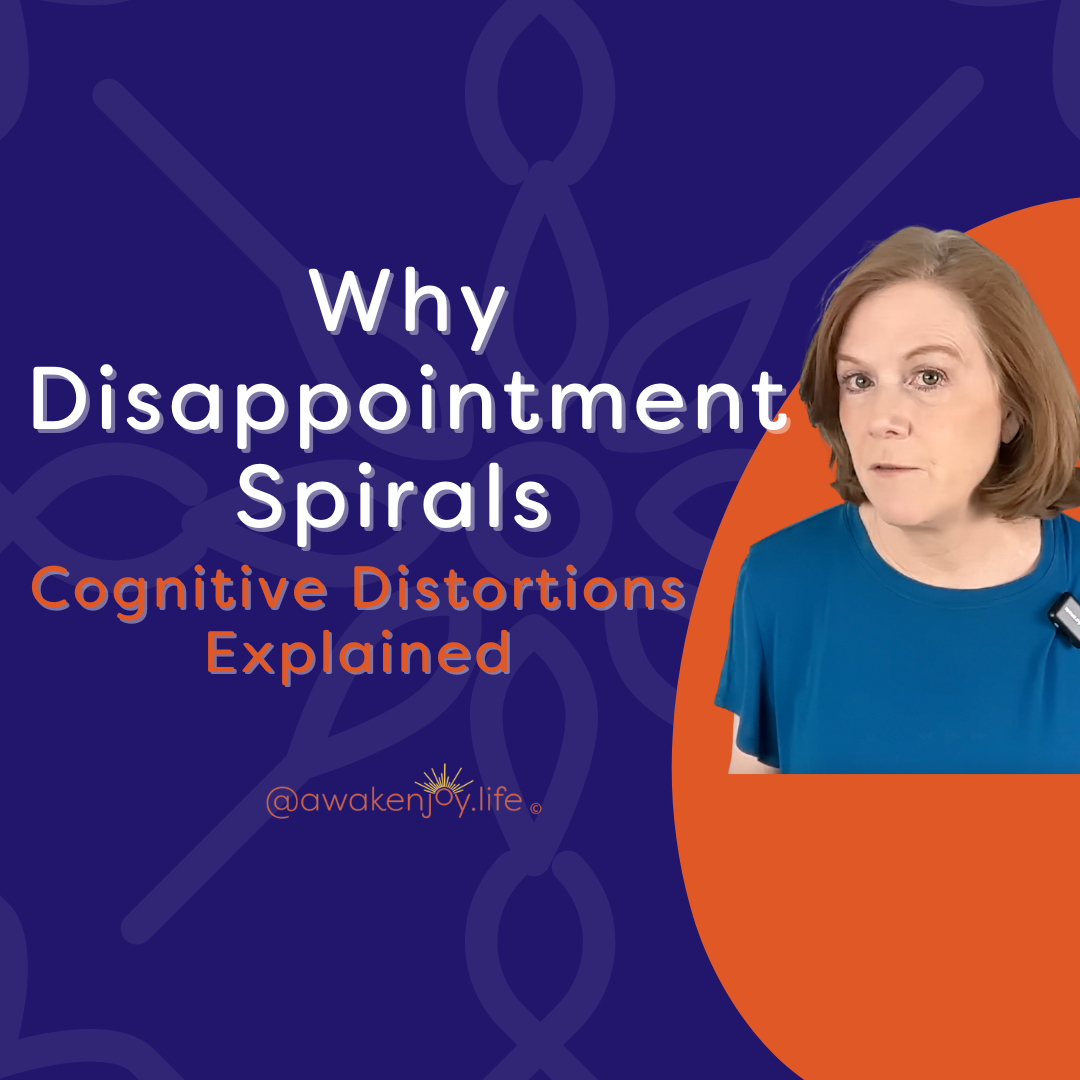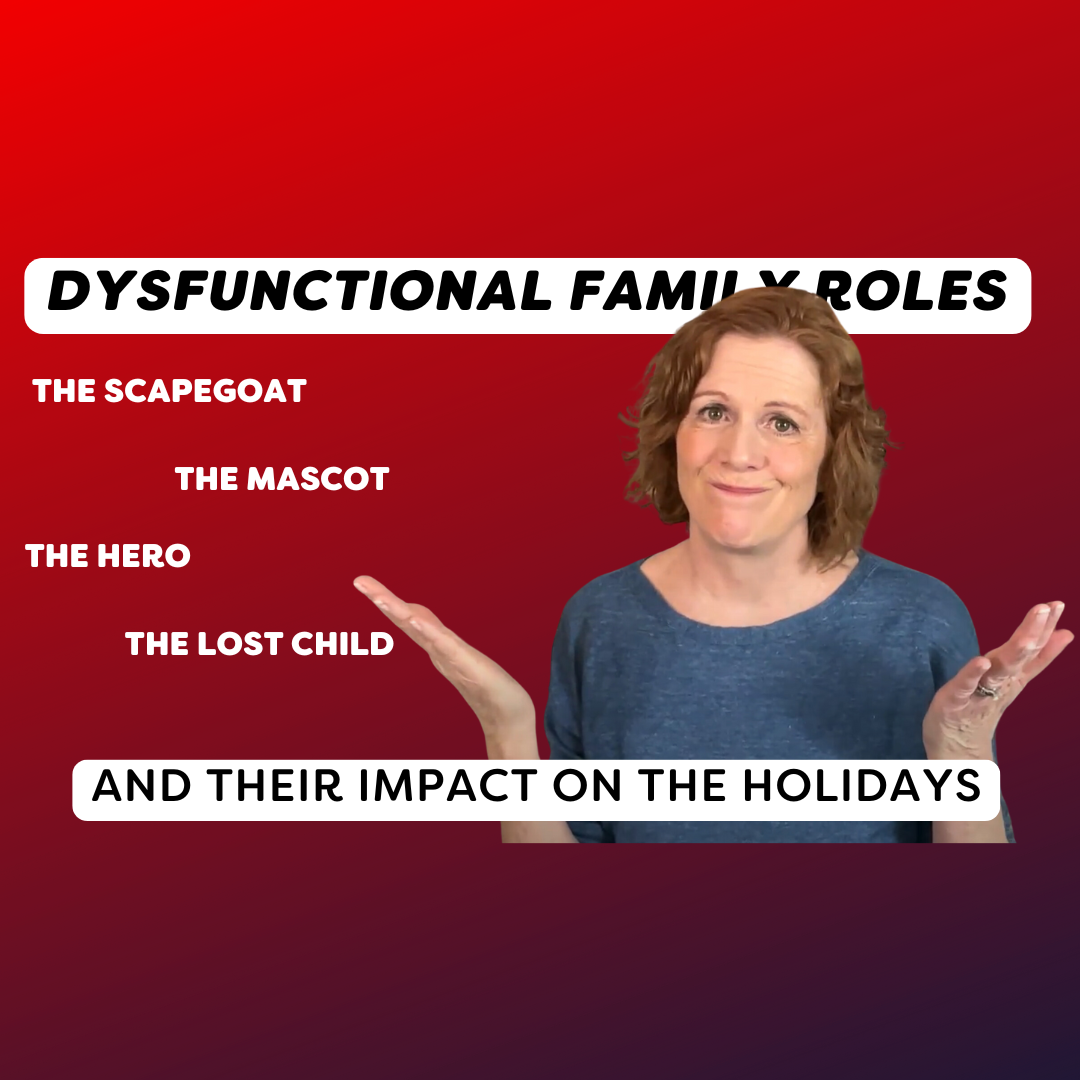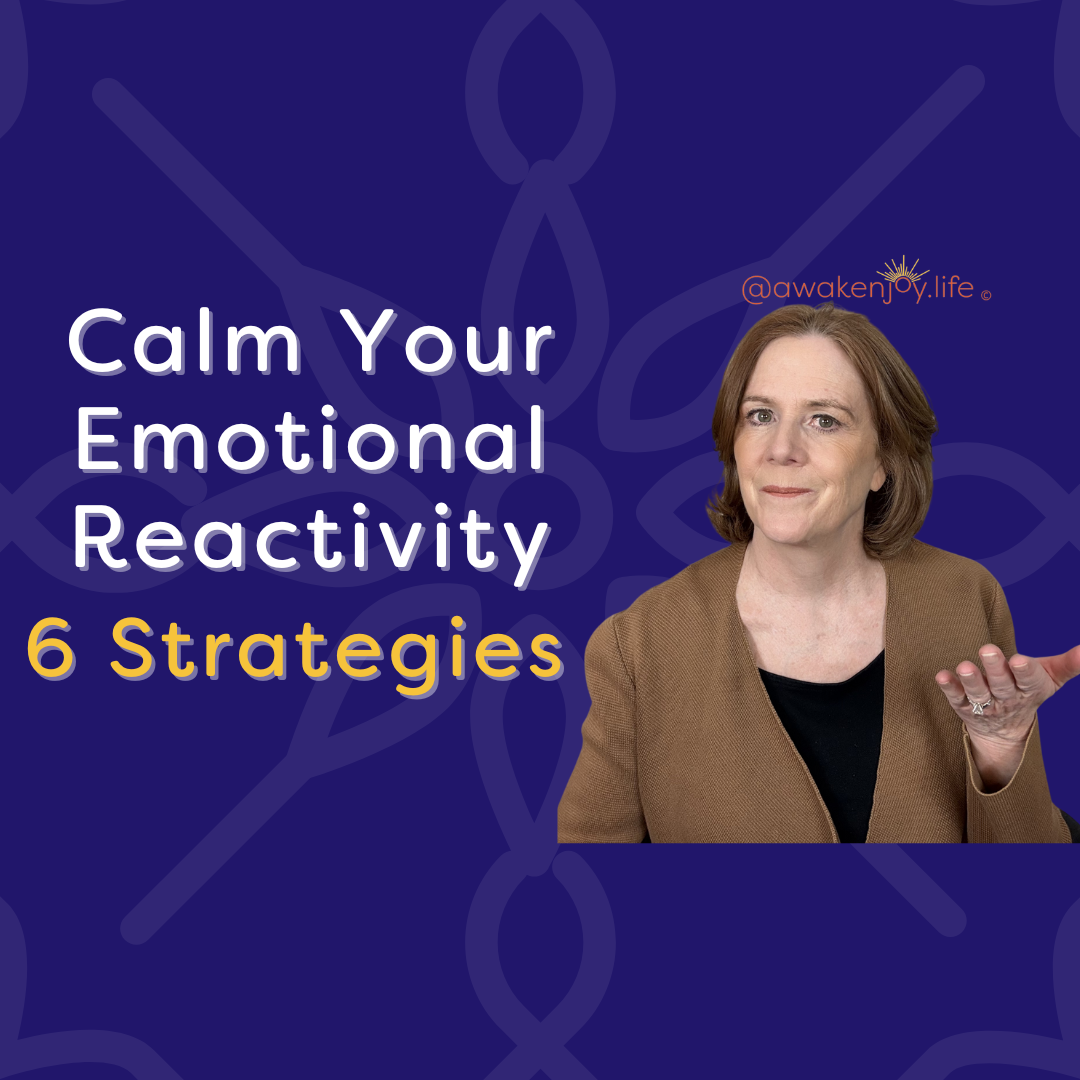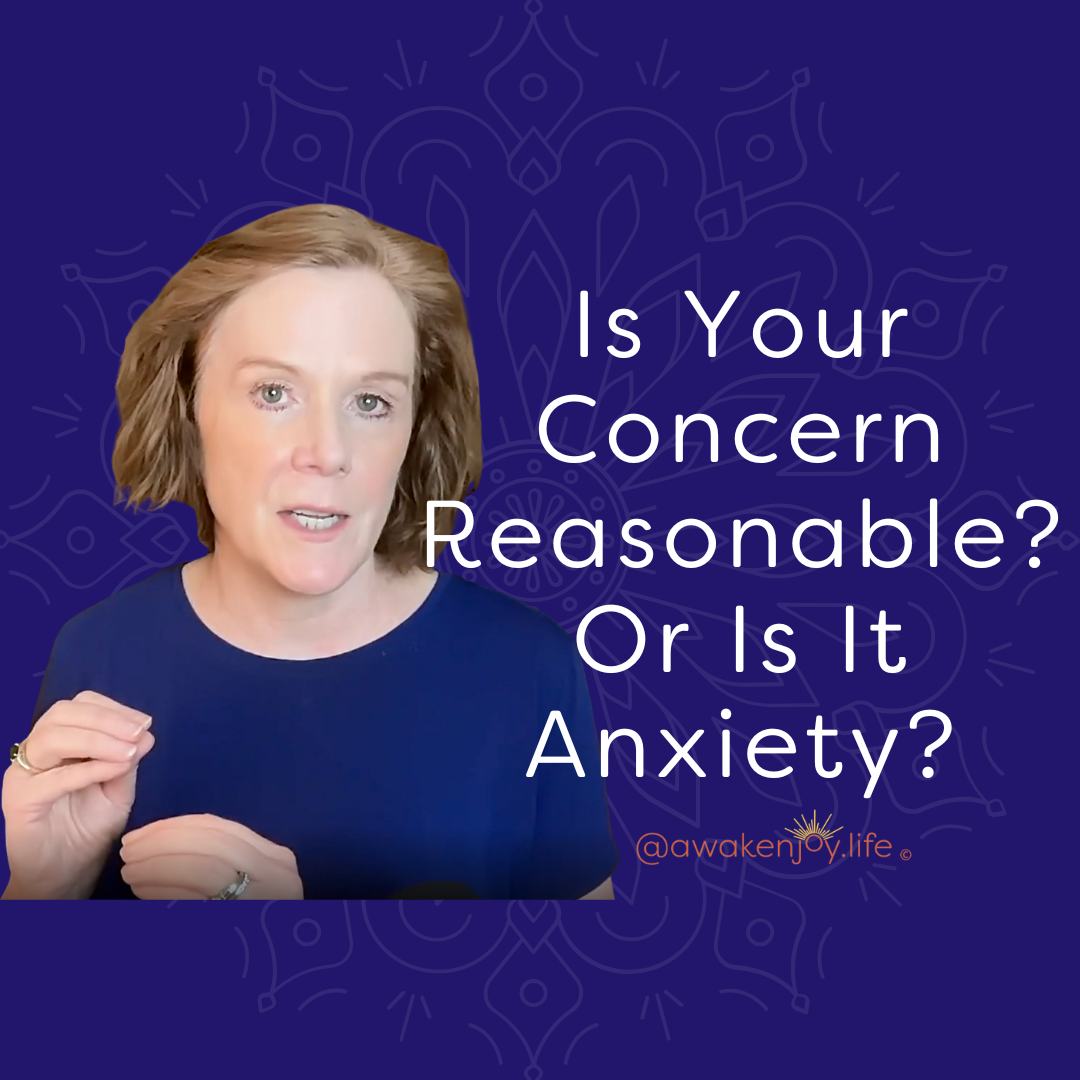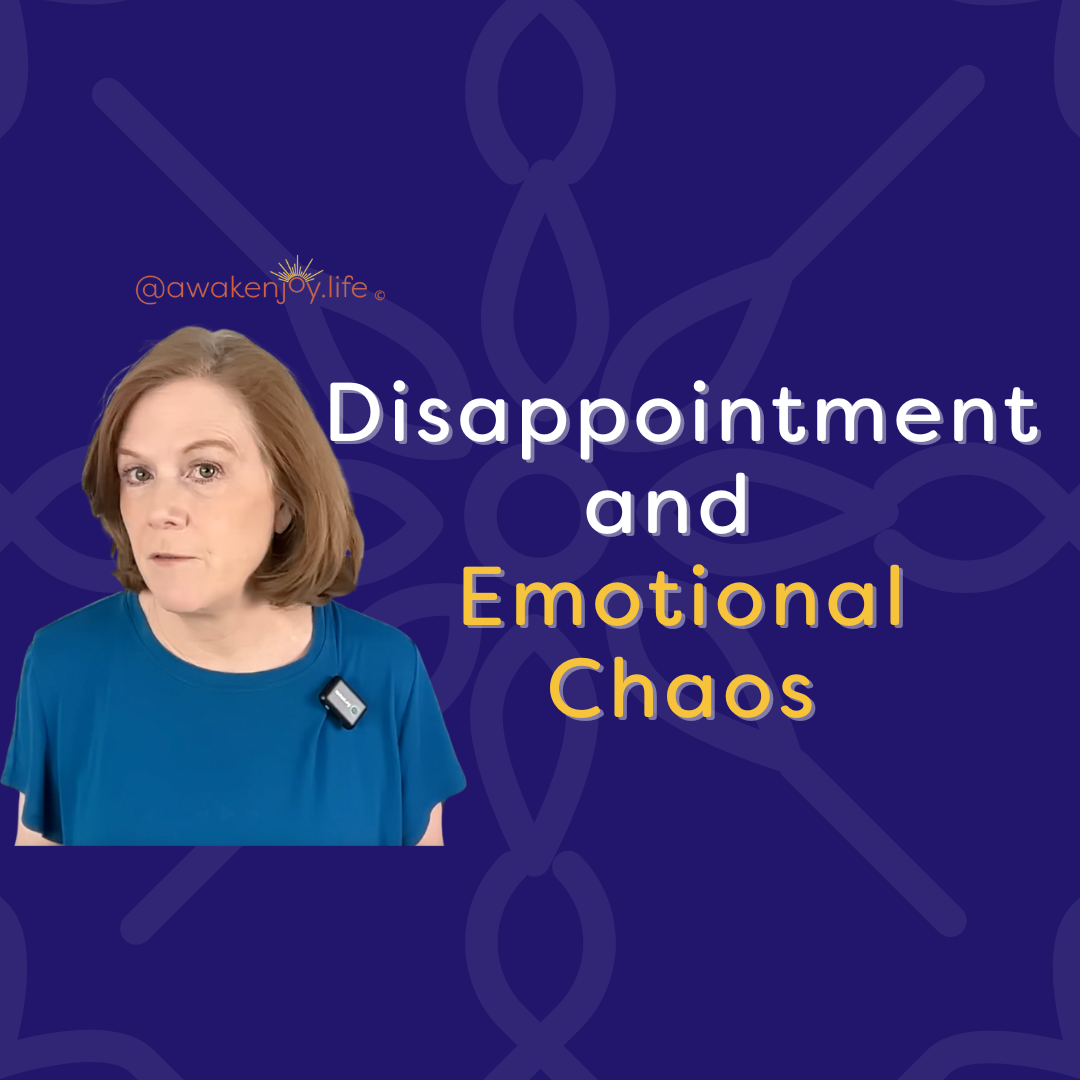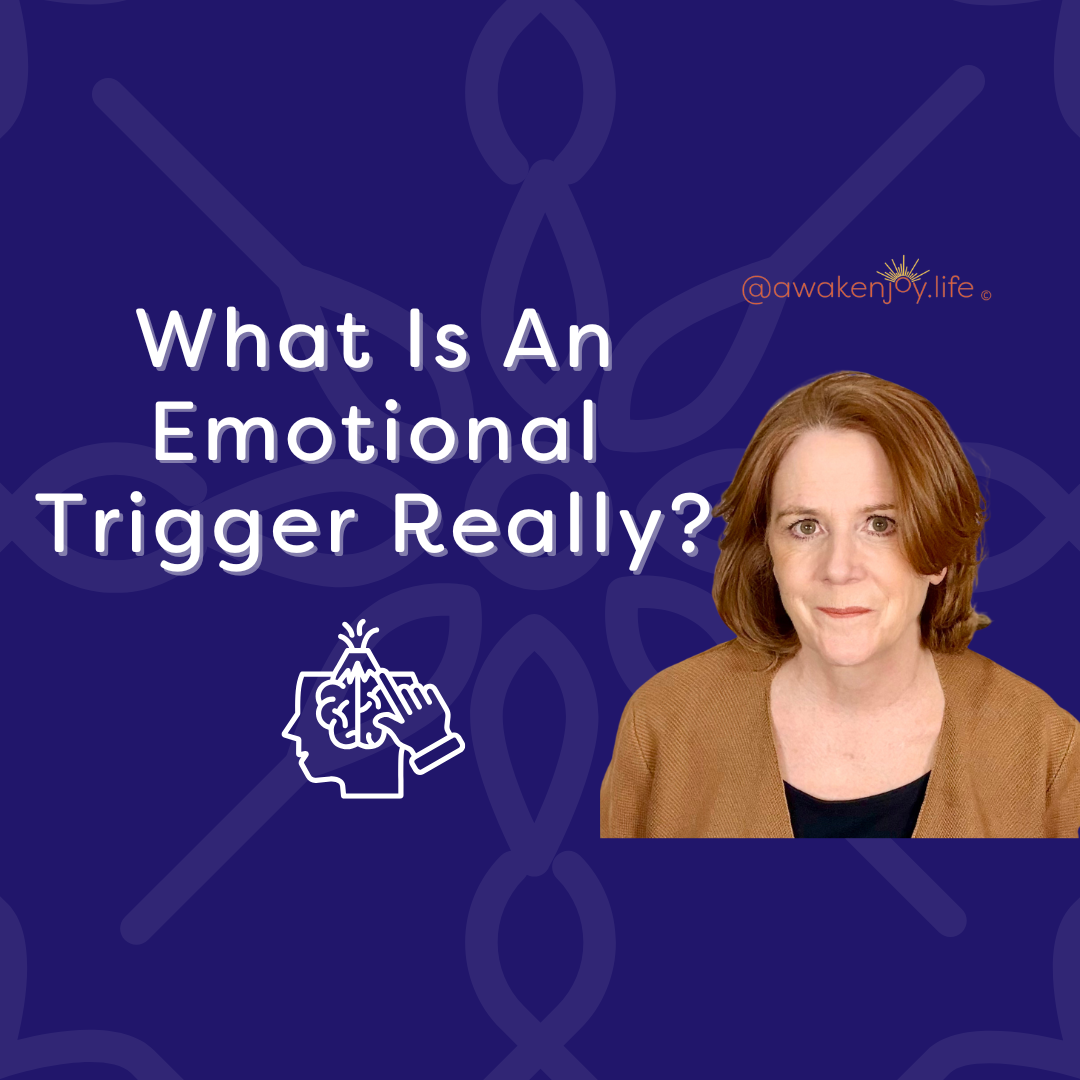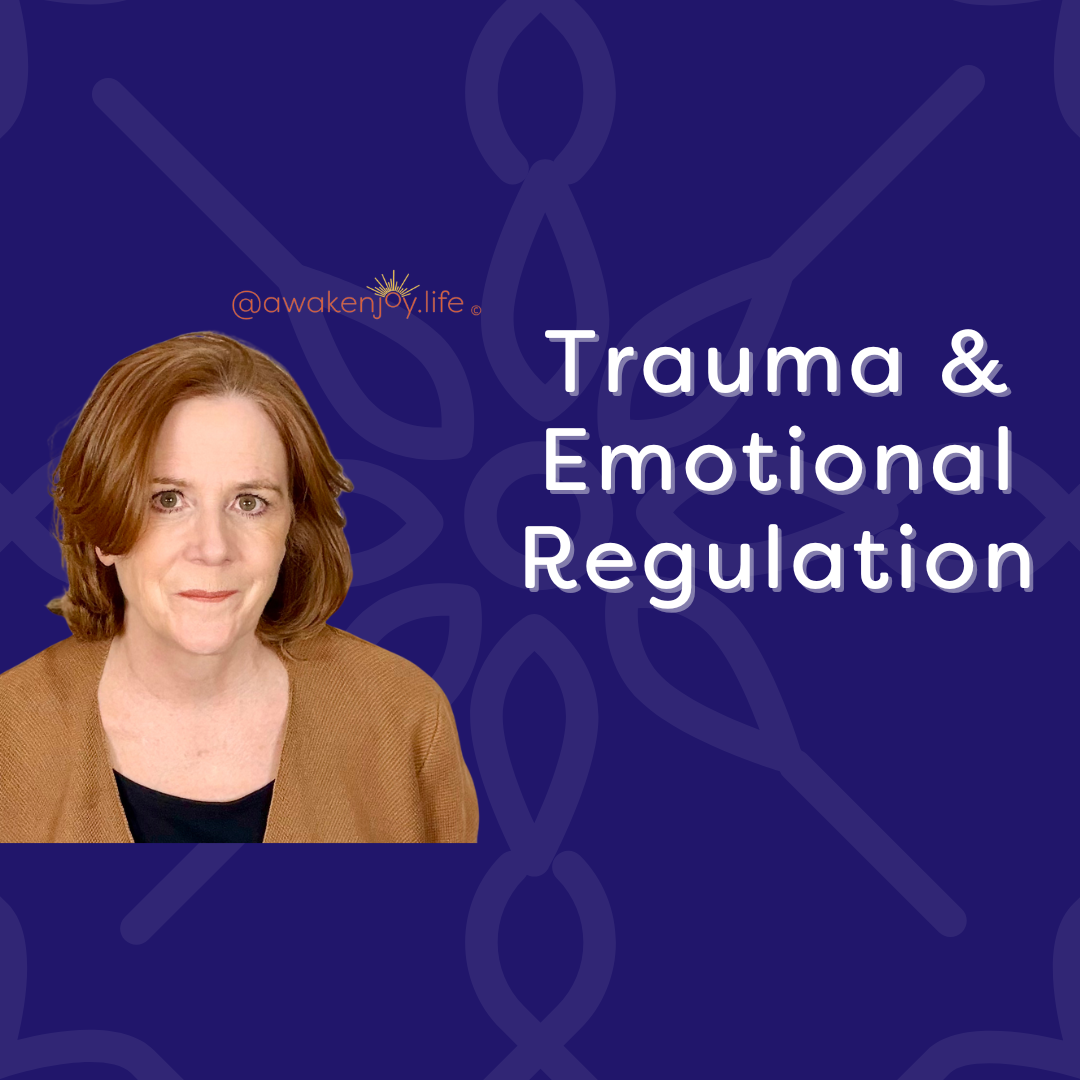All Anxiety is an Amygdala Hijack

Is your anxiety controlling your life, ruining your happiness, and maybe even impacting your health?
Well, your anxiety is not all in your head. It's actually a nervous system hijack, and understanding this can really help you on your path to recovery.
The Problem with the Amygdala's Alarm System
You probably know that the amygdala is the part of your brain that is always scanning the horizon for danger. This part of the brain is designed to keep you safe. The problem is that your amygdala can't tell the difference between:
• A saber tooth tiger actually attacking you and the thought of a saber tooth tiger attacking you
• An immediate here-and-now survival threat and an imagined threat
• A genuine survival threat and something very stressful that isn't threatening your physical survival
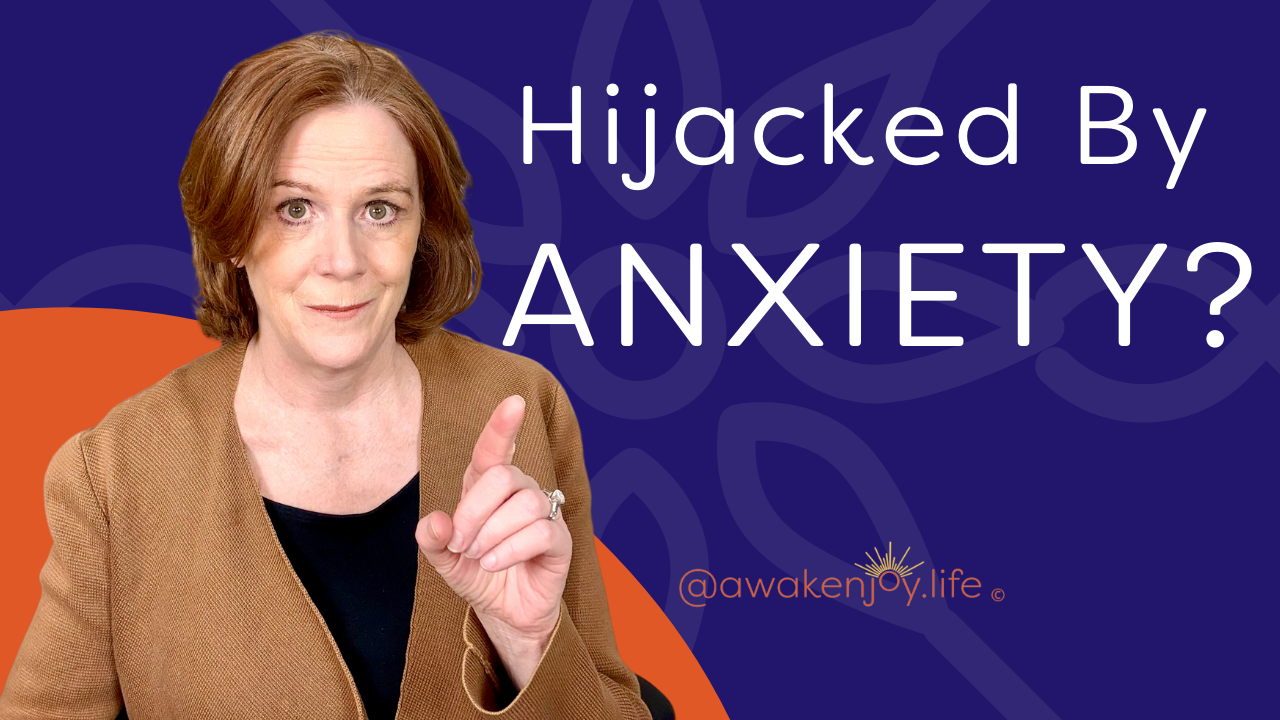
The amygdala hijack is when your amygdala yells "fire, fire, fire!" when there is no fire. There might be a problem—a fight with a loved one, the threat of not being able to pay your rent, or other serious concerns—but they are not immediate, physical dangers requiring emergency action.
When we are in immediate danger, like a fire, we run. That's what the amygdala does for us. It immediately communicates to the hypothalamus, which signals the pituitary glands and the adrenals, giving instructions to your autonomic nervous system to fight, flee, or freeze. All of this happens before you've really been able to consciously assess the situation.
And then your amygdala also co-opts your frontal lobe, and gets the frontal lobe to believe the threat is real. So, your frontal lobe, the part of your brain that can do planning, gets caught in a cycle of trying to fight a threat that can not be fought.
Anxiety vs. Productive Worry
In many of my videos and blogs, I talk about how anxiety is essentially unproductive worry. It's worrying about something we can't do anything about right now, either because it's not happening yet or because it's something outside our control.
Productive worry, on the other hand, leads to action. There are steps we can take using both our reason and emotion in a balanced way to respond to a difficult situation. We want to be responsive, not reactive. The amygdala is reactive—it reacts immediately, and it gets your full brain to react to the perceived threat while also scanning the entire horizon for any possible future threat.
Anxiety Disorders as Ongoing Amygdala Hijacks
All anxiety disorders are driven by this dynamic. They represent an amygdala hijack that's not just a temporary event but an ongoing state of being. Modern stressors feel like survival threats to that primitive part of your brain.
If your anxiety manifests somatically (physically), you'll experience persistent physical symptoms accompanied by thoughts like, "Why am I having these physical symptoms? Is there something wrong with me? Is there a health problem I'm missing?"
And to answer the question of “why am I having these physical symptoms,” your frontal lobe doesn’t say, “I’m having these symptoms because my amygdala is over-reacting.” Instead, it anxiously looks for the reason in either your health or the external environment.
However, once you understand that you've been hijacked, your frontal lobe can contribute the correct answer!
For people who experience anxiety primarily cognitively (through thoughts), you might find yourself ruminating or catastrophizing—imagining worst-case scenarios for situations. This too is driven by that primitive fear response.
Fear Conditioning
The amygdala works based on fear conditioning.
If you've had an experience in the past which actually was dangerous, frightening, or deeply upsetting, your brain makes very specific links. This experience had particular components—maybe certain types of people, specific environments, or distinctive situations—and your brain encodes these specific aspects via the hippocampus.
The hippocampus is the part of the brain that encodes very emotional memories, particularly intense ones, and makes associations between specific types of situations and the emotions you felt.
Your amygdala is closely linked with your hippocampus. So, whenever you encounter anything similar to the patterns encoded in your hippocampus, your hippocampus recognizes this and signals your amygdala, triggering an automatic fear response.
As a result, whenever you encounter people, places, situations, or even sounds or smells that match those encoded patterns, you'll automatically feel that fear response. The emotional memory has no understanding of time or context—it simply recognizes a pattern from the past and responds accordingly.
Real-Life Examples of Conditioned Fear
Many of the people I've worked with who fear public speaking had a mortifying experience during their school years, often around middle school. The link between public speaking and that eighth-grade embarrassment becomes so deeply embedded that every time they need to speak publicly, the fear response automatically activates.
Childhood trauma operates similarly. If you were endangered by an authority figure as a child, you may find yourself afraid of authority figures throughout your life.
These associations drive much of our seemingly disproportionate anxiety.
How This Understanding Helps You
Thinking of your anxiety as an amygdala hijack or nervous system hijack can help you in several ways. As mentioned above, it provides your frontal lobe with the correct information with which to interpret the fear signals. This may not happen immediately, but if you practice with some of the tools listed below, your ability to bring this knowledge in will increase dramatically.
In addition, the following two suggestions can dramatically lower your anxiety over time.
1) Balance Your Nervous System
Consider your nervous system as a balance between two key components:
1. Your sympathetic nervous system, which activates you and gets you going in the morning
2. Your parasympathetic nervous system, which helps you relax and sleep
We function best when these systems are in balance. Yet most of us operate with our sympathetic nervous system in overdrive, making it difficult to relax or sleep. It's constant "go, go, go" and "think, do, do."
To counter this, intentionally incorporate activities that strengthen your parasympathetic response:
- Hugging a loved one
- Listening to calming music
- Taking a bath
- Any activity that helps you access internal feelings of calm
The goal is to increase the amount of time your parasympathetic nervous system is active even while you're awake—not just when you're sleeping.
2) Rewire Your Brain
The next step is addressing those conditioned associations, which requires rewiring your brain and developing new neural pathways. I discuss this in detail in my free webinar, which could be extremely helpful for you.
Click here to register.
Therapeutic approaches can definitely help:
- EMDR therapy is particularly effective for many people with trauma and anxiety
- Exposure therapy effectively extinguishes conditioned responses, though it can be challenging because it temporarily increases anxiety,
- Somatic therapies focus on the body's response patterns, helping you learn to strengthen the parasympathetic nervous system
Separating Problems from Anxiety Responses
I'd love to hear if this perspective resonates with you. If it does – I have a question for you: how would you explain this concept to someone else?
I’m asking because whenever I put out a video that explains that anxiety makes your body respond as if facing an immediate survival threat when the problem doesn’t require it, I will receive questions such as:
· "But what about this health problem? These issues could be threatening!"
· “But if I lose my job, it does threaten my survival!”
And yes, these are serious concerns. But they don’t require adrenaline and cortisol coursing through your system right now. In fact, they require a completely different part of your brain – the part that is involved with planning, resourcefulness, creative problem-solving and methodical steps forward.
Many situations in life pose real challenges and potential threats. We're human and vulnerable.
However, there's a crucial distinction between:
1. Having a genuine problem that requires attention and planning
2. Having your body flooded with emergency stress hormones that actually impair your ability to address the problem
The key to recovering from anxiety is separating the problem itself from your body's physical stress response. Unless you're in immediate physical danger requiring you to run, fight, or freeze, this stress response is unnecessary. Moreover, it's physically harmful and impairs your brain's problem-solving abilities.
If you enjoyed this blog, please share with someone who might benefit! You might enjoy these blogs: Amygdala Hijack Explained and How to Calm an Amygdala Hijack.
Blog Author: Barbara Heffernan, LCSW, MBA. Barbara is a licensed psychotherapist and specialist in anxiety, trauma, and healthy boundaries. She had a private practice in Connecticut for twenty years before starting her popular YouTube channel designed to help people around the world live a more joyful life. Barbara has a BA from Yale University, an MBA from Columbia University and an MSW from SCSU. More info on Barbara can be found on her bio page.
Share this with someone who can benefit from this blog!
